It’s vital to have a particular customer in mind for everything you do, sell and communicate. Your products and services are very rarely going to be the perfect fit for everyone, and many companies fall short of reaching targets because they try to cater to every customer. It isn’t realistic, so it’s very rarely successful.
Getting your brand in front of the right people, and harnessing their attention, is the most effective way to increase brand awareness and brand recall. But how do you define your target audience? How do you effectively pinpoint who you want to engage with? Segmentation.
For decades, brands have used segmentation to help eliminate the guess work and effectively find the right customers in the right places. Segmentation is usually applied within a wider strategy of targeting and positioning – a process used in marketing to better inform outbound messaging, in the hope of engaging consumers and converting them into a loyal, paying customer.
What is market segmentation?
We’re all consumers. We usually preferentially buy from a handful of brands, and we shop at those places because their products or services fulfill our needs or facilitate our lifestyle – or both.
In order for your brand to reach and engage people who would use your products or services, look beyond the sea of consumers and pick a point on the horizon. That’s where segmentation comes in.
Segmentation is the process of separating customers, who have similar needs and behaviours, into smaller groups. This allows you to identify which groups of people would be the most suitable target audience based on how their needs and behaviours align with your product or service. There are four different types of segmentation used to group customers and they’re based on demographics, psychographics, geographical location, and behaviour.
Defining a customer by their personality, interests, habits, age, gender and location can give your brand real insight into the profile of your ideal customer. They can help to understand a person’s preferences, what’s important to them, and even how they consume information. What’s more, with the advancements in technology and analytics, more information is available regarding customer interactions than ever before. As a brand, you can see what customers are looking at, how long they’re spending on your website and on what pages, their referral source, and what device they’re using.
Social media is another way you can gather information about people. You can see what your customers are like, who they follow and so much more – providing a much more detailed insight.
How can you make sure you segment your audience effectively?
Segmentation is a powerful tool – it gives an idea of who you should be talking to. But with everything, there are limitations, so it’s important that segmentation is supported by other methods, so you can be sure you’re talking to the right people.
Keeping an eye on the latest trends can be invaluable in helping your brand anticipate changes in consumer behaviour, helping you understand whether your target audience will change. Take gardening, one of the fastest growing ‘trends’ of the past 12 months, for example. There is a whole new generation of younger gardeners, documenting their journey on social media – something that has become increasingly popular in recent years, so it’s important that brands start communicating with them too! Young gardeners are a growing segment that brands need to consider and messaging should be adapted to reach them specifically.
How can segmentation help your brand?
If you’re wanting to get ahead of the competition and stand out from the rest, segmentation can help you to create more closely targeted messaging and campaigns, leading to better engagement with customers. It also creates a more personalised approach and can help you justify your chosen strategy because you can understand the perceptions and dynamics of their target audience. It can even help save a few £££ as you’ll know where to spend money to get the best results!
Now you know your audience, what should you do next?
Having a target audience established is a great benefit, but it doesn’t end there – there’s still more work to be done! With changing trends and the constant shifts in consumer behaviours, you need to regularly review your audience to make sure your messaging is still relevant. Without regular review, there is a risk that your messaging and campaigns will become mis-aligned and, potentially, ineffective.
If you’ve already established your target audience, but you’re struggling to work out how to effectively communicate with them, we can help! We’ve created a Brand Voice development service to help you define and refine your voice, so it resonates with the audience you’re trying to reach. If it sounds like something you’d be interested in, get in touch!






